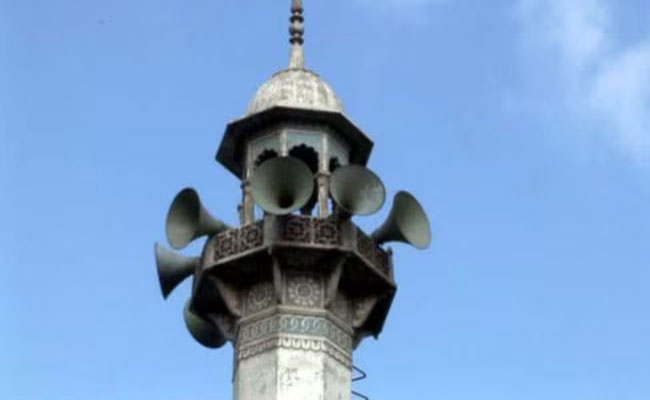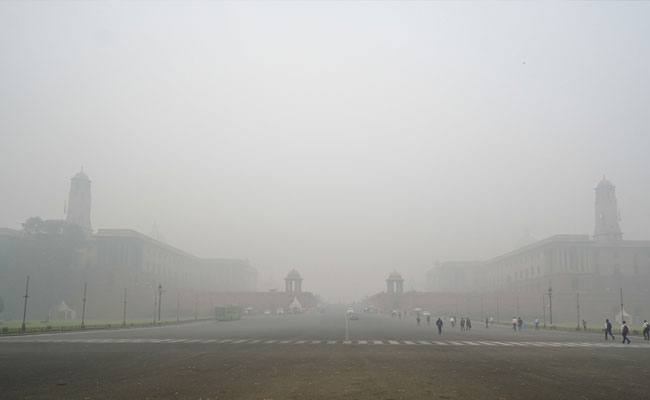New Delhi: Battery materials manufacturer Epsilon Advanced Materials is planning to set up a Rs 9,000-crore anode plant in Karnataka with an annual production capacity of 90,000 tonne, a top official of the company said.
The investment in the plant would be made in two phases. In the first phase, Rs 4,000 crore would be invested and the remaining Rs 5,000 crore would be pumped in the second phase, Epsilon Group Managing Director Vikram Handa said.
"So, we are looking to build a 30,000-tonne anode plant in India by Q4 2026, which will entail an investment of about Rs 4,000 crore. The plant will be scaled up to 90,000 tonne (capacity) by 2031. The total capex outlay is Rs 9,000 crore for our annual business in the next eight years," Handa explained.
With increasing demand of electric vehicles in India, there is a need for Indian cell manufacturing companies to set up battery plants in the country. Epsilon products will act as a sustainable and reliable supplier of anode and cathode material to these cell companies.
This way, Epsilon is playing a key role in the raw material processing ecosystem within the country and even for global demand.
The company plans the groundbreaking ceremony for the plant in the next six to eight months, Handa said, adding that the construction of the plant will take a year and a half.
"The idea is to have supply in the market by 2026-end or 2027 beginning," he explained.
The company plans to partly fund the project in the first phase by customer advance, debt and project financing as well because it is a big amount, he said.
"There is a lot of stickiness of the customer with this product. Today, we need a customer, but once acquired they will remain with us for next seven to eight years because the cost to replace the battery material is too high," Handa added.
The parent entity, Epsilon Carbon, is into the production of speciality carbon and carbon black that goes into tyres. Today, the company has about 1,100 people on-roll and off-roll operating at its plant in Karnataka.
The company is also building a new project in Odisha and announced an investment of Rs 10,000 crore in phases. The first phase is under construction.
Let the Truth be known. If you read VB and like VB, please be a VB Supporter and Help us deliver the Truth to one and all.
Jamshedpur (PTI): One person was arrested on the charge of raping a 30-year-old woman with speech impairment in Jamshedpur, a police officer said on Tuesday.
The incident occurred in the Azadnagar police station area of the city, and a case in this regard was registered based on the statement of the victim's brother on Monday.
The victim had gone to fetch water from the premises of a company on Monday evening. When she did not return even after a considerable time, family members went out in search of her and caught the accused red-handed, police said.
ALSO READ: BJP accuses Karnataka govt of 'failing' to prevent noise pollution caused by 'azaan'
The accused was a caretaker of the company.
Deputy Superintendent of Police (Patamda) Bachandeo Kujjur said due to scarcity of water in the area, the victim used to fetch water from the premises of the company.





